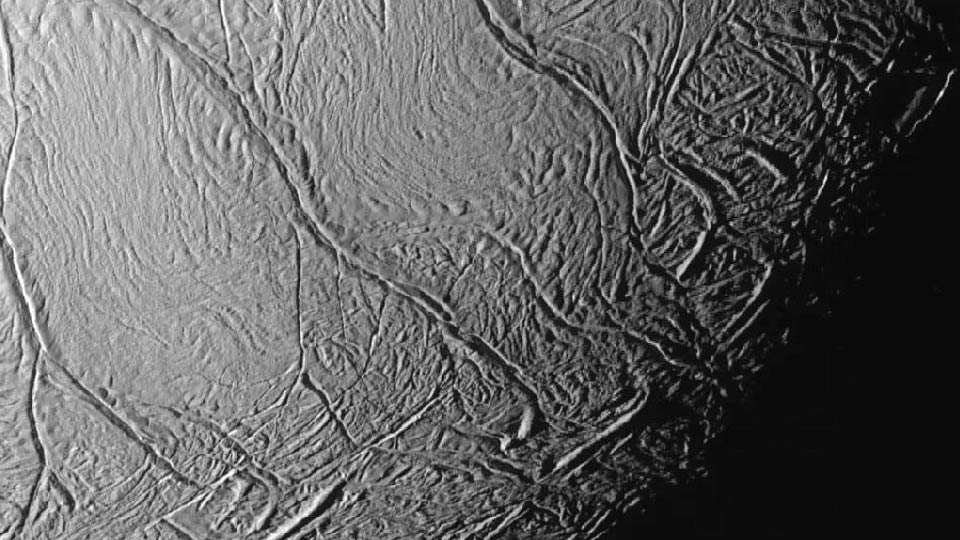Applied Sciences, Vol. 14, Pages 2120: Corrosion Behavior of Zn-Al-Mg-Si Coatings in Sulfur Dioxide-Containing Environment
Applied Sciences doi: 10.3390/app14052120
Authors: Henryk Kania Anżelina Marek
Zn-Al-Mg-Si coatings are an excellent alternative to conventional hot-dip galvanizing coatings. Their high corrosion resistance in corrosive environments containing chlorides and CO2 is well recognized. But sulfur dioxide is also an important stimulator of corrosion in the atmospheric environment. This article presents the results of microstructure (SEM/EDS/XRD) and corrosion behavior tests of Zn-Al-Mg-Si coatings obtained by a double hot-dip method on HSLA steel. The corrosion resistance of the coatings was determined in the sulfur dioxide test with general condensation of moisture (EN ISO 6988). In the corrosion test, Zn-Al-Mg-Si coatings showed twofold smaller weight loss compared to conventional hot-dip zinc coatings. It was found that the corrosion behavior of coatings was influenced by the structural components revealed in the outer layer: Al-rich dendritic and interdendritic areas with Zn/MgZn2 eutectic, MgZn2 intermetallic and Si precipitates and their electrochemical nature. The increase in corrosion resistance was caused by the formation of beneficial corrosion products: layered double hydroxides (LDHs) based on divalent Mg2+ and Zn2+ cations, trivalent Al3+ cations and SO42− anions, and zinc hydroxysulfate—Zn4SO4(OH)6∙5H2O. The presence of Si precipitates could cause pitting corrosion of coatings.

 1 month ago
13
1 month ago
13


